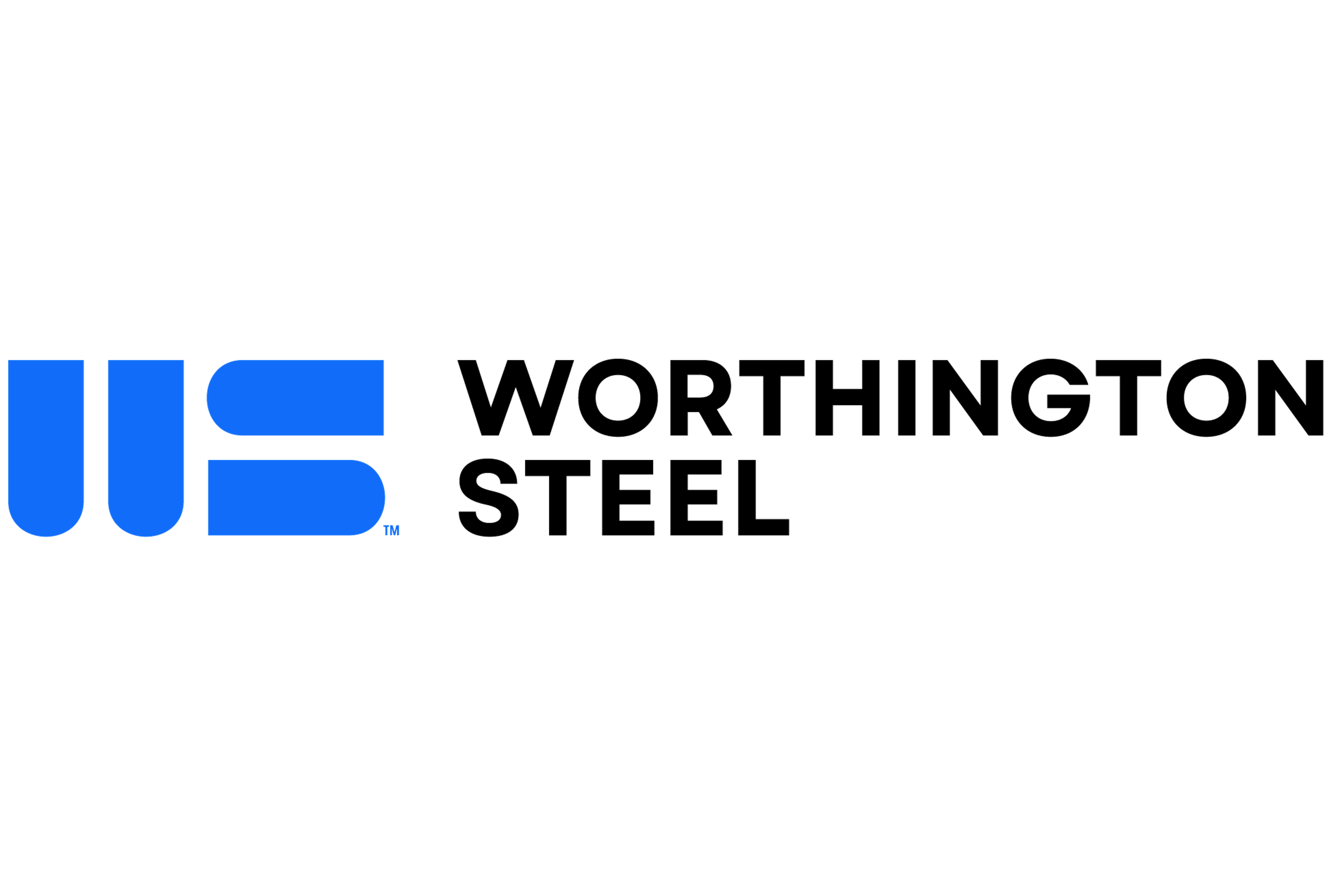Mexico

June 7, 2024
HR futures: Spot market drops below Nucor CSP, could trade action reverse that?
Written by Spencer Johnson
Let’s start by asking this: Were the proclamations that Nucor’s published index prices would drift lower with the reality of a bear market for flat rolled ultimately a bit premature with the benefit of hindsight?
You down with CSP?
I think it is too early to say. It might prove true in the long run that Nucor’s pricing will be an accurate reflection of the spot market. But one thing we have seen in the past month that makes this topic so interesting (again) is this: Nucor has either kept prices flat or increased its base prices in small $10/ton clips over the past few weeks. But none of our clients have been reporting to us much in the way of any uptick in pricing.
Indeed, they are more in line with the third-party indices. Those, while naturally lagging as an assessment of the prior week in some cases, are still now well below the Nucor assessment. So what do we make of CRU and essentially every other spot index moving the opposite direction as Nucor?
On the one hand, it’s almost impossible not to be cynical here. Basically, to chalk this up to Nucor’s seemingly wise effort to get out in front of a falling market and to try to control the narrative as best they could. On the other hand, maybe Nucor’s number will prove to be a leading indicator that we HAVE bottomed and are turning around?
Cynics at the helm (for now)
Either way, it is worth noting that, for now, the futures market is pricing in the cynical version of the story. June and July futures were trading lower yet again on Friday afternoon at $728 per short ton (st) and $729/st last traded, respectively. June is already down sharply from $772/st on May 30. A drop of $44/st in just a week for a spot month contract is a pretty sizable change in expectations. So what changed?
The market had been pricing in only modest downside below $800/ton with a widespread belief that restocking and stronger industry consolidation would be enough to create a price floor much higher than the historical average. It looks like we might test that theory this summer.
July futures are now priced at essentially the same level as June give or take a dollar, which means expectations for spot price weakness are priced in to continue at least over the next 4-6 weeks. June was at $804/ton just as recently as April 30th. At that time, June to August was carrying about a $40/ton contango premium.
Tariffs and duties to the rescue (maybe)
One thing that had kept the market in this persistent contango was probably the looming possibility of further trade actions against imports. And, we will note, August is trading at a roughly $40/ton premium to June and July even today despite the drop in spot pricing. The lower prices go, the more logical the outcome results in renewed attention and subsequent tariff action from a Congress that is bipartisan on almost no issue OTHER than trade protectionism.
The problem for the bulls has been that this remains entirely hypothetical. And while still highly possible, especially in an election year, we have seen rumors of trade actions sputter a bit as other issues now seem more dominant as the headline items on the minds of traders and risk managers.(Namely, the potential for broad macroeconomic weakness this summer as China continues to falter.)
The takeaway: While prices continue to drift lower in the short term, news on the trade front feels like the most likely catalyst for a reversal. But the timing of when that might come is not only difficult to predict, it’s not even guaranteed.
Disclaimer
The trading of derivatives such as futures, options, and over-the-counter (OTC) products or “swaps” may not be suitable for all investors. Derivatives trading involves substantial risk of loss. Past results are not necessarily indicative of future results. Advisory services as well as the trading of futures and options is available through various subsidiaries of StoneX Group Inc. – including but not limited to the FCM Division of StoneX Financial Inc.







